The quest for effective leadership hinges on a fundamental principle: self-awareness. A leader who understands their strengths, weaknesses, biases, and communication styles is better equipped to navigate complex situations, inspire teams, and cultivate a thriving work environment.
A tool most often used is the Myers-Briggs Type Indicator (MBTI.) The MBTI identifies four cognitive functions: Introversion (I) or Extraversion (E), Sensing (S) or Intuition (N), Thinking (T) or Feeling (F), Judging (J) or Perceiving (P). By understanding your preferences in each area, you gain insights into how you gather information, make decisions, and interact with the world.
The MBTI helps you identify your natural strengths. For example, someone who scores high on Extraversion (E) might be a natural communicator and enjoy brainstorming with others, while someone high on Thinking (T) might excel at logical analysis and problem-solving.
And While the Myers-Briggs Type Indicator offers a valuable starting point, self-awareness often requires us to go deeper. It’s most effectively used in conjunction with other self-awareness models.
This article delves beyond the MBTI, exploring various models and tools that can illuminate the intricate landscape of your inner world as a leader.
Unveiling the Layers of Self:
1. The Johari Window: Developed by psychologists Joseph Luft and Harry Ingham, the Johari Window is a powerful tool for understanding self-disclosure and feedback. It divides the self into four quadrants:
- Open Self: Known by both you and others. This includes your strengths, weaknesses, and readily observable behaviors. Expanding your open self requires you to actively seek feedback via regular check-ins with colleagues, debriefing how you came across during key situations/critical meetings or presentations, etc.
- Blind Self: Unknown by you but known by others. These are often blind spots – aspects of your personality or communication style that impact others but remain hidden from your own perception. You can reduce blind spots by soliciting feedback from trusted sources, paying attention to others’ nonverbal cues towards you (are they engaged, confused, dismissive?), and by analyzing how your behavior or communication impacts the team overall.
- Hidden Self: Known by you but unknown by others. This could be private thoughts, experiences, or vulnerabilities you haven’t shared. Consider journaling to reveal hidden patterns, biases, or triggers you might not be consciously aware of. Therapy is a fantastic option, too.
- Unknown Self: Unknown by both you and others. This is the unconscious part of your personality that may emerge in unexpected situations. Being open to input is vital here.
2. Emotional Intelligence Frameworks:
Emotional intelligence (EQ) is a critical component of effective leadership. Frameworks like Daniel Goleman’s model explore the five key components of EQ:
- Self-Awareness: Recognizing your own emotions, their triggers, and their impact on your behavior.
- Self-Regulation: Managing your emotions to avoid impulsive reactions.
- Motivation: Setting goals and taking initiative.
- Empathy: Understanding and considering the feelings of others.
- Social Skills: Building relationships, managing conflict, and influencing others effectively.
By assessing your strengths and weaknesses in each area, you can develop strategies to improve your EQ and become a more emotionally intelligent leader.
3. The Leadership Circle: This framework highlights the various leadership styles that emerge from our core needs and fears. It proposes that leaders function at different levels, ranging from a self-protective, ego-driven level to a fully self-actualized, purpose-driven level. Unlike traditional leadership models, it focuses on the interplay between two key aspects: Task Competence ( the skills, knowledge, and abilities required to complete tasks effectively, and Relationship Capacity (encompassing your ability to build trust, connect with others, and navigate emotions. It also proposes that our leadership style emerges from a combination of two core needs: The Need for Inclusion (the desire to connect with others, feel valued, and be part of a group,) and The Need for Control (the desire to feel in charge, have influence, and achieve results.)
4. The StrengthsFinder: Developed by Gallup, the StrengthsFinder web-based assessment helps identify and represent your natural talents – the things you do effortlessly and with great enjoyment. By leveraging your natural strengths as a leader, you can delegate tasks effectively, play to your team’s strengths, inspire and motivate others, and create a more productive and fulfilling work environment.
